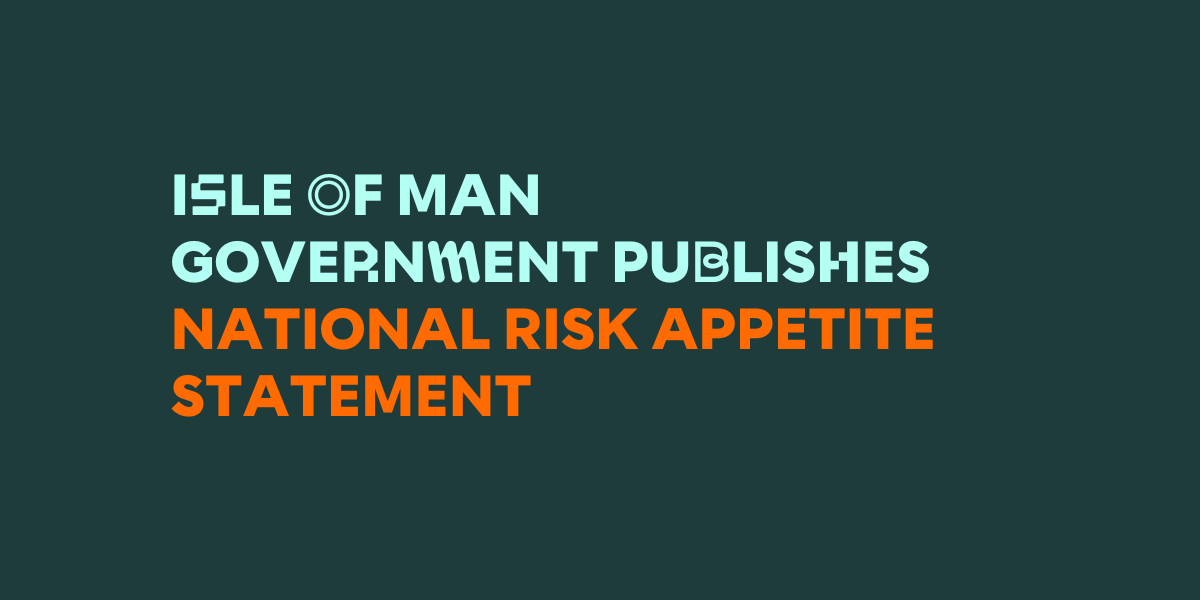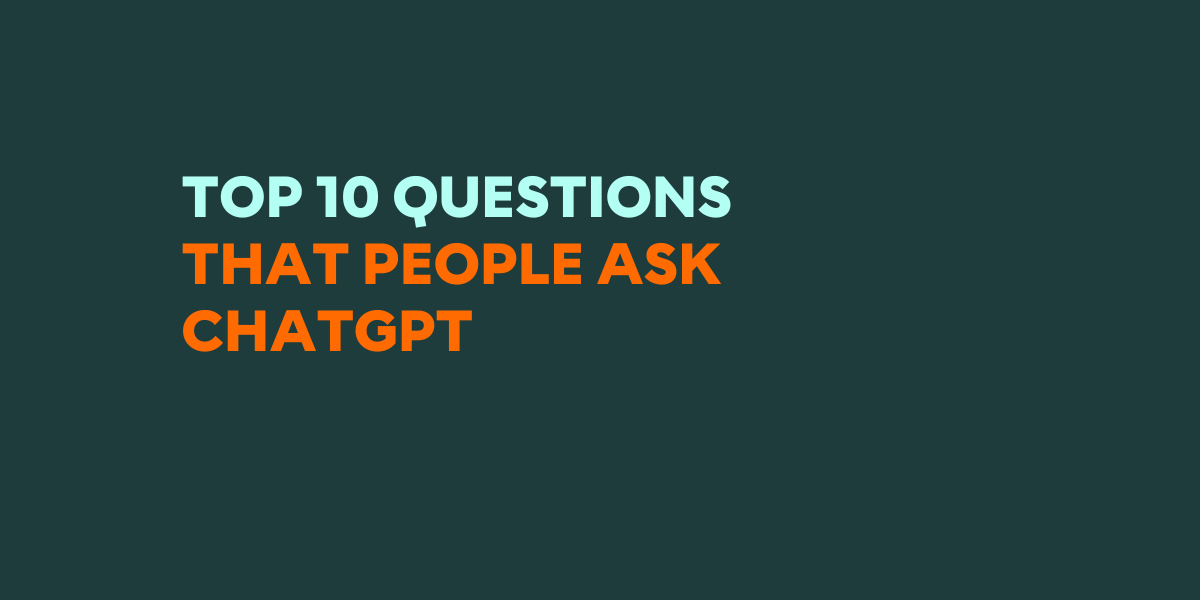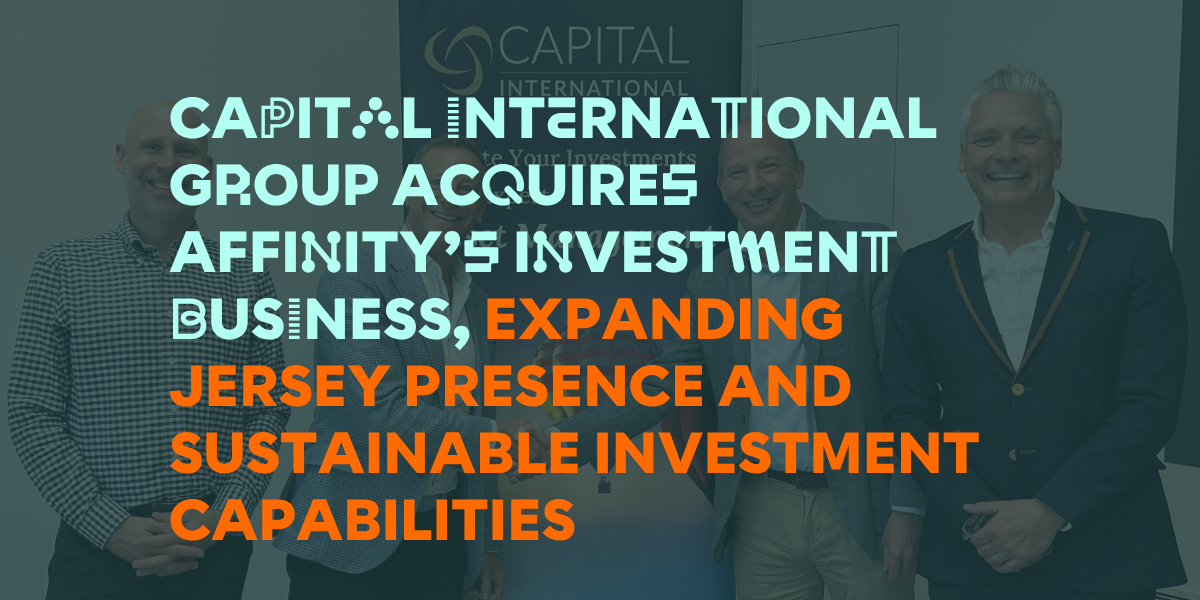Isle of Man Uniquely Positioned to Maximise NFT Potential
21 April 2021

Non-fungible tokens (NFTs) have hit the headlines in recent months after being embraced by some high-profile individuals and institutions. These digital tokens are the next big thing in blockchain and Regulatory Lead, Steve Billinghurst, explains how the Isle of Man might just be the right place at the right time to maximise the opportunities brought by NFTs.
NFTs aren’t particularly new, at least not by cryptocurrency standards. The technology has been around since 2017 but 2021 has brought an intensity of interest in the digital tokens, thanks largely to adoption from some pretty famous names.
March in particular was a busy month for NFT news. It saw renowned auction house Christie’s sell a digital collage for almost $70m; Kings of Leon release an NFT version of their latest album; and a short video clip of basketball star LeBron James being sold for $208,000.
A piece of cake
To appreciate the usefulness of NFTs, you need to understand the problem they help solve. Essentially, NFTs are lines of computer code that verify the existence and the ownership of a digital item, such as an image, video or sound file.
They help to solve an issue in digitising physical items and what Satoshi Nakamoto, the inventor of bitcoin, described as the “double-spend conundrum”.
Let me give an example: If I have a Black Forest gateau, I can give slices to guests and they can see that once a slice is given away, it’s gone and I’m left with less to give away.
If I digitise the gateau by taking pictures of it, when I give those pictures out, the recipients can’t know for sure how many there are - I can copy those pictures and replicate it at minimal cost and give it away. The ability to copy it and give it away means that the value digitally is far reduced compared with the physical version. NFTs are more likely to be created alongside a truly digital asset, that only exists in that digital form, rather than a digital certificate of ownership and authenticity of a digital version of a physical item. However, the example does highlight what an NFT is trying to achieve.
An NFT is an immutable, digital record of that physical asset, digitised on a token. The reason it has to be non-fungible is the fact that it has to be unique to that asset. They need to be absolutely unique so the person who holds that NFT is certain they have a recognition of their ownership of that digital asset. While the digital asset can be copied multiple times, the NFT cannot. It’s the same as anyone buying a picture of a slice of my Black Forest gateau, but there are only eight original slices to own.
Fungible is a term which means “replaceable by another identical item, mutually interchangeable” and so examples of fungible tokens would include currency notes: one dollar bill is fully interchangeable with any other and still represent one dollar. In a physical form, a baseball trading card is non-fungible asset, it has unique qualities that can add to or subtract from its inherent value.
Here to stay
While $70m art sales and $208,000 basketball clips understandably grab the headlines, the real value of NFTs is their potential for mass adoption in more everyday digital transactions. We’ve hardly scratched the surface of what NFTs can do.
For example if I bought the Kings of Leon NFT album, the band now know I’m a fan of theirs and own that album. Now they can connect directly with their fan base through that NFT, something that although promised by the arrival of the internet has never materialised for artists. The NFT links me to them and they can throw something back at me through the code, such as ticket discounts, backstage views or fan experiences for example. This direct connection could provide music artists a new business model that offers up a greater share of the ‘value’ fans and consumers attach to songs and performances currently not earned by the artists. In fact that’s exactly what the Kings of Leon NFT offers; there are six golden tickets which, if within your NFT, allows four front row seats at any Kings of Leon show, anywhere in the world, once per tour.
A lot of things in our lives are now being digitised and this feels like another iteration of smart contracts that exist in other forms of token. We’re only just seeing the number of different use cases, whether it’s trading cards, artwork, music, unique access to video content - the potential use cases are numerous.
We can even think about the way NFTs can be used for fans to engage with a football club that is different from current club memberships. I think we’re going to see the ramping up of creative uses of NFTs.
From a regulatory perspective, there are new considerations, of course. We’re right on the edge of current regulation, depending on how you view NFTs and whether you think of it as an asset that has investment value or whether it’s any other sort of token. With the digital asset and token linked together in code, the transfer of an NFT for value may provide a gain for the seller, and in doing so is seen by others to be a source of further capital gain, an investment.
If it’s a financial asset in the eyes of the regulators, then the activities around it, advising on NFTs, arranging deals, managing NFTs belonging to others or providing administration and safe custody of NFTs could be within the scope of Isle of Man Investment Business regulated activities and would need to be regulated. It’s an area of policy yet to be fully determined given the recent idea that NFTs are investments and as such NFTs are not included in the definition of investment.
The key difference is between utility tokens and an asset with investment potential. I think it opens up a number of questions for all regulators to understand whether NFTs are regulatable and, if so, how do they get regulated.
Right time, right place
Here in the Isle of Man, our understanding of and appreciation for blockchain tech has seen us welcome many new businesses to the island and it’s also put us in a great position to be at the forefront of the NFT revolution. If you take just one use case of NFTs, their association with trading cards, there is a very strong correlation with other digital business sectors in the Island. The Department for Enterprise is linked to a wide range of different verticals and NFTs are now crossing many of them. We’ve got crossovers between egaming, esports, financial services, blockchain - it’s a huge melting pot.
Indeed, Reality Gaming Group, teamed up with developers based here in the Isle of Man, has already provided us with a working example, after producing Doctor Who Worlds Apart collectable trading card NFTs for the BBC.
The Isle of Man sits perfectly in that creative space, with a financial services regulator that already recognises cryptocurrency and convertible crypto assets and that understands a lot about the ownership of those assets. Our regulators understand the money-laundering risks associated with them and have already established legislation that addresses those risks through practices that are up to date with international understanding and opinion in this area..
We’re in pole position, being able to say, ‘You should come to the Isle of Man to set up your development and issue company for esports derived NFTs’. To me it’s really exciting that the Island has this many strands.
It’s not that we’re just financial services and it’s not that we’re just blockchain. It’s the right time and the Isle of Man is the right place to help solve some of the problems and even propose solutions that other jurisdictions might want to follow.
It’s a great time for us to think about some of the opportunities NFTs bring.
Watch this space.





